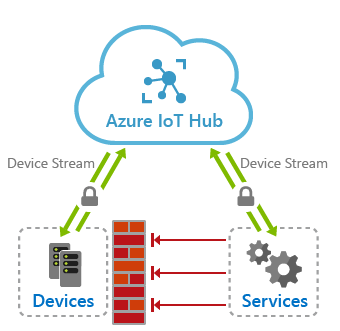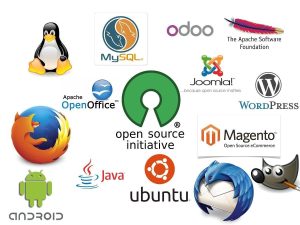
Smartphone as a Control Hub for IoT Devices
In recent years, the concept of the Internet of Things (IoT) has become increasingly popular, revolutionizing how we interact with our surroundings. The IoT refers to a network of physical devices, vehicles, appliances, and other objects embedded with sensors, software, and connectivity, enabling them to connect and exchange data.
Introduction to IoT and Smart Devices
The IoT has transformed our homes into smart environments, where everyday devices can be controlled effortlessly through a centralized system. One of the key players in this ecosystem is the smartphone, which has evolved into a powerful control hub for managing and monitoring an array of IoT devices.
Seamless Connectivity and Accessibility
Smartphones act as a bridge between users and their IoT devices, providing seamless connectivity through integrated wireless technologies such as Bluetooth, Wi-Fi, and NFC. This connectivity allows users to monitor and control their IoT devices from anywhere and at any time.
Remote Monitoring and Control
With a smartphone as the control hub, users can remotely monitor and control various aspects of their IoT devices. For example, imagine being able to adjust the temperature of your home’s smart thermostat while you’re at work, ensuring a comfortable environment upon your return.
Smartphone Apps for IoT Control
To enhance the user experience, many IoT device manufacturers offer dedicated smartphone applications. These apps allow users to access and manage their IoT devices through an intuitive interface, providing a high level of convenience and control. These applications often incorporate advanced features, such as scheduling routines, setting custom preferences, and receiving real-time notifications.
Enhancing Security and Privacy
Another crucial aspect of smartphone control hubs for IoT devices is the ability to strengthen security and enhance privacy. The smartphone’s robust security measures, such as fingerprint scanners and advanced encryption protocols, ensure that only authorized individuals have access to sensitive IoT devices and their data.
Secure Authentication and Authorization
By utilizing a smartphone control hub, users can implement secure authentication methods like biometrics, such as fingerprint or facial recognition, to verify their identity before granting access to IoT devices. This additional layer of security significantly reduces the risk of unauthorized usage and potential data breaches.
Data Encryption and Privacy Control
Smartphones provide secure communication channels using encryption algorithms, safeguarding data shared between the IoT devices and the control hub. Additionally, users can actively manage privacy settings, ensuring that they have control over how their personal data is collected and utilized by IoT devices.
Expanding Functionality through Integration
The versatility of smartphones extends beyond their control capabilities, allowing seamless integration with other services and technologies to enhance the overall functionality of IoT devices.
Voice Assistants and IoT Device Interaction
With the integration of voice assistants like Siri, Google Assistant, or Alexa, smartphones can act as a conduit for seamless interaction with IoT devices through voice commands. This functionality enables users to control various devices in their smart homes simply by speaking commands, adding an extra layer of convenience.
Data Analytics and Insights
Modern smartphones possess powerful processing capabilities that can be leveraged to perform data analytics on the vast amount of information collected from IoT devices. This analysis can provide valuable insights to users, such as energy consumption patterns or suggested optimization strategies, ultimately leading to more efficient operations and cost savings.
The Future of Smartphone Control Hubs
As technology continues to evolve, so too will the capabilities of smartphone control hubs for IoT devices. With advancements in artificial intelligence, machine learning, and 5G connectivity, smartphones are poised to become even more sophisticated control centers, seamlessly managing all aspects of our smart environments.
Integration with Emerging Technologies
The integration of smartphones with emerging technologies, such as augmented reality (AR) and virtual reality (VR), presents exciting possibilities for controlling IoT devices. Users may soon be able to visualize and interact with their smart environments through immersive AR or VR experiences, giving them unparalleled control over their IoT devices.
Interconnectivity and Standardization
To further improve the user experience, the industry is working towards standardization, allowing different IoT devices to interconnect effortlessly. Smartphone control hubs will play a vital role in enabling seamless communication between devices from various manufacturers, fostering a unified and streamlined ecosystem.
In conclusion, smartphones have become indispensable control hubs for managing the vast array of IoT devices present in our homes and environments. With their seamless connectivity, enhanced security, and integration capabilities, smartphones serve as the central control centers, empowering users to effortlessly monitor, control, and benefit from the smart technologies that surround them.

